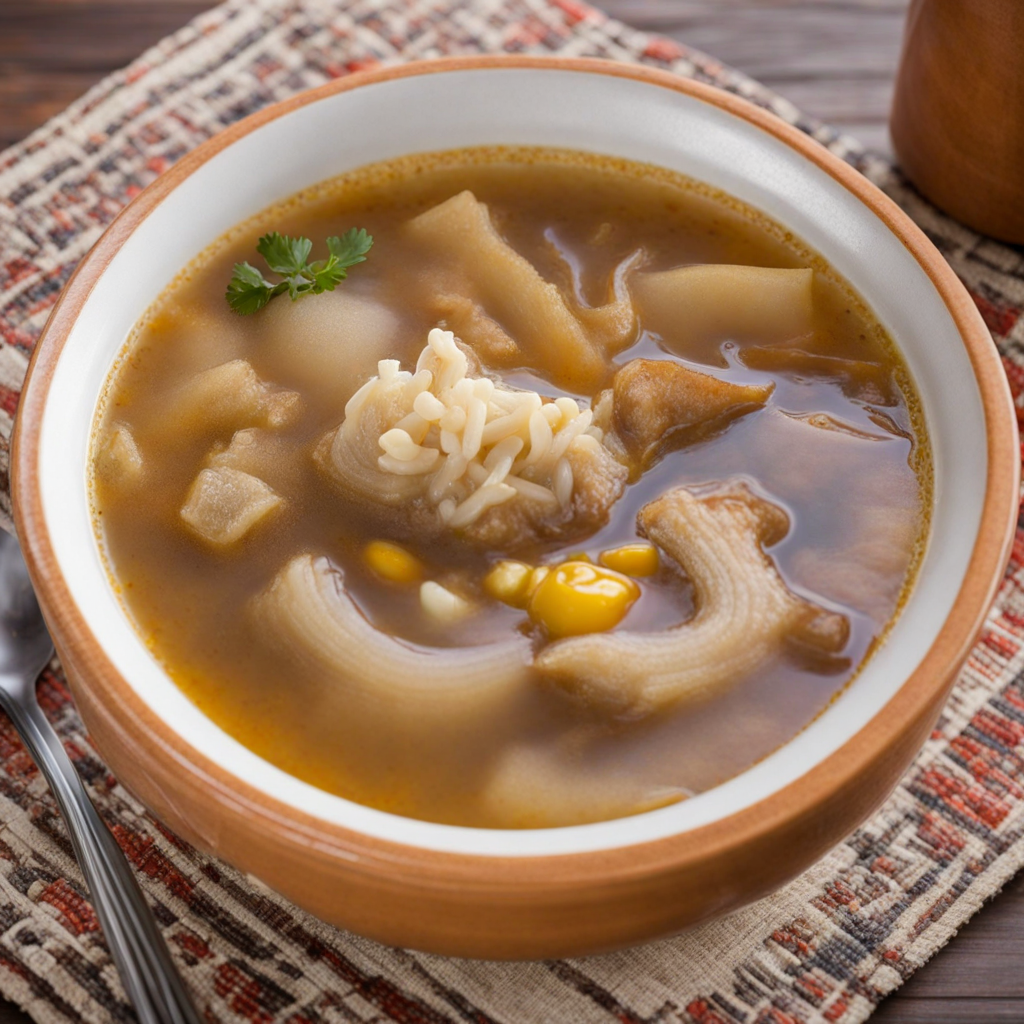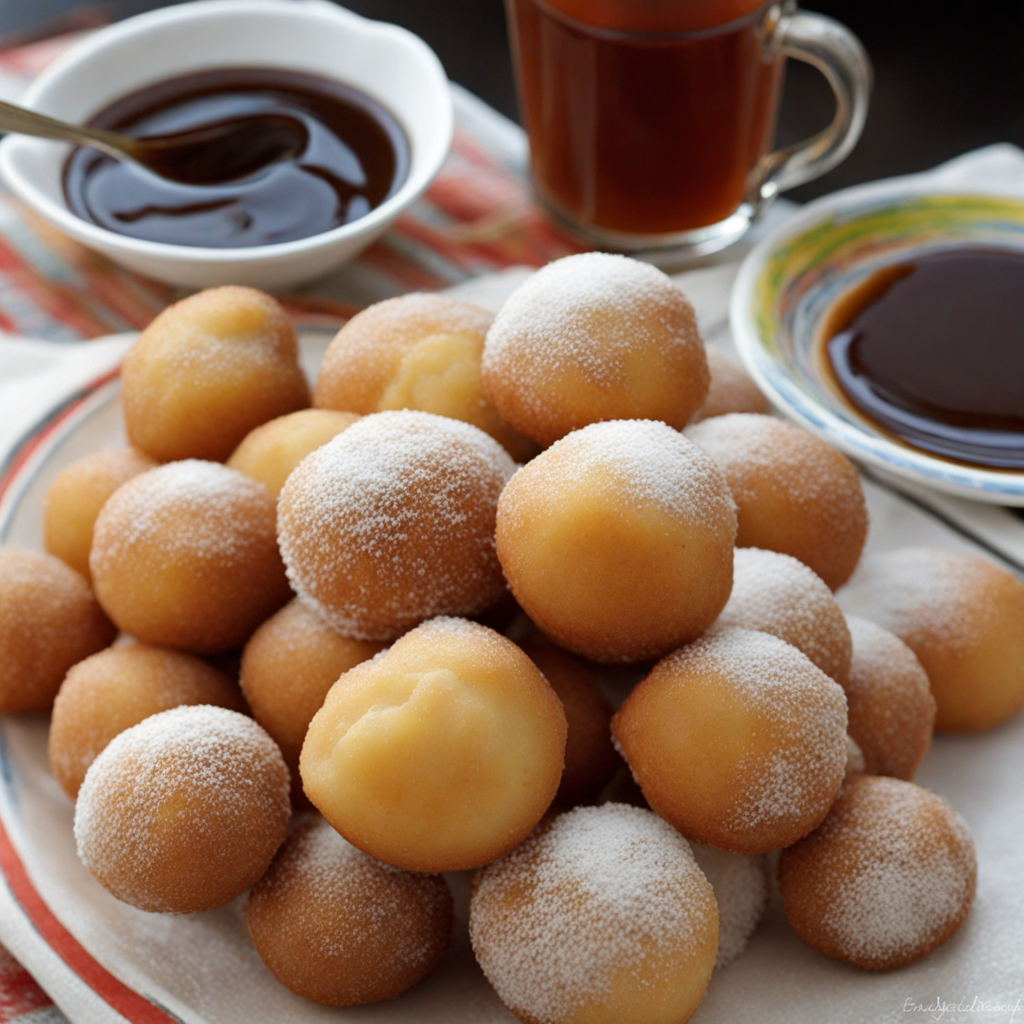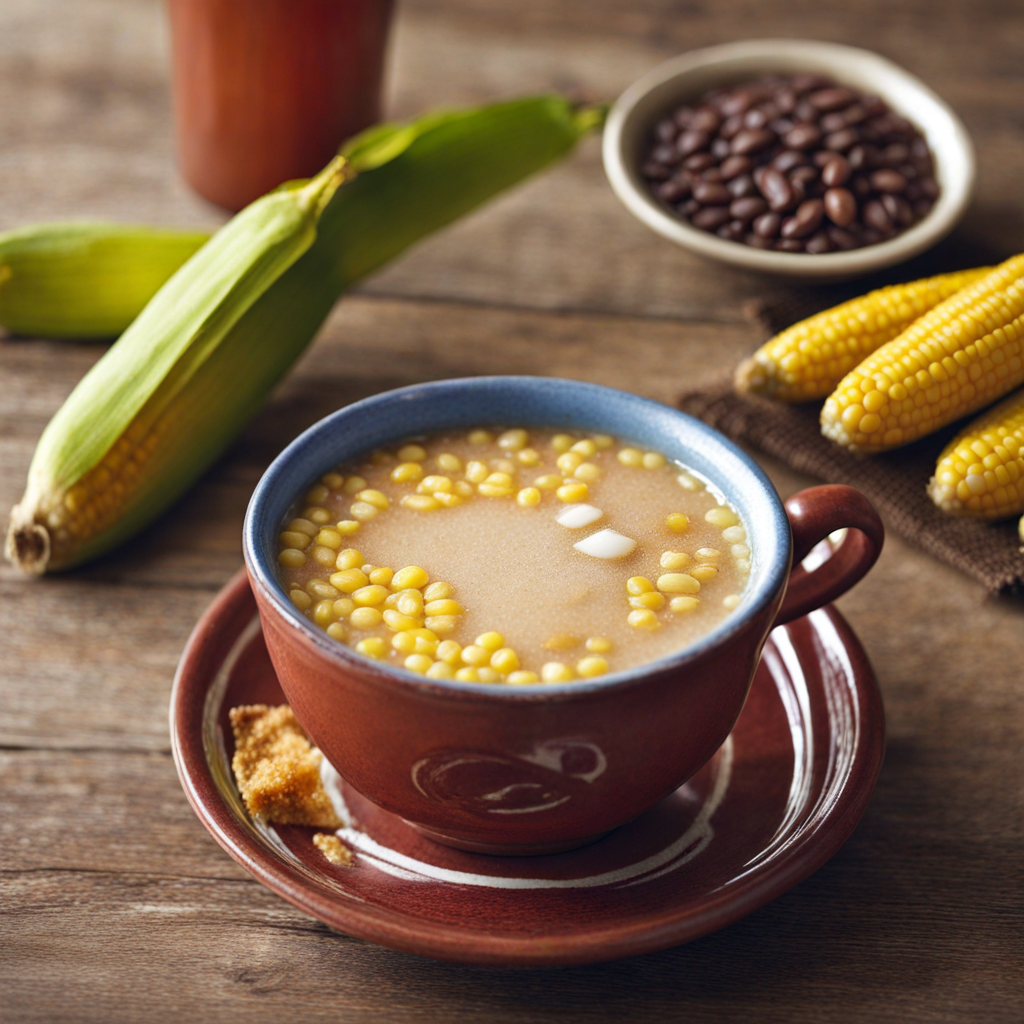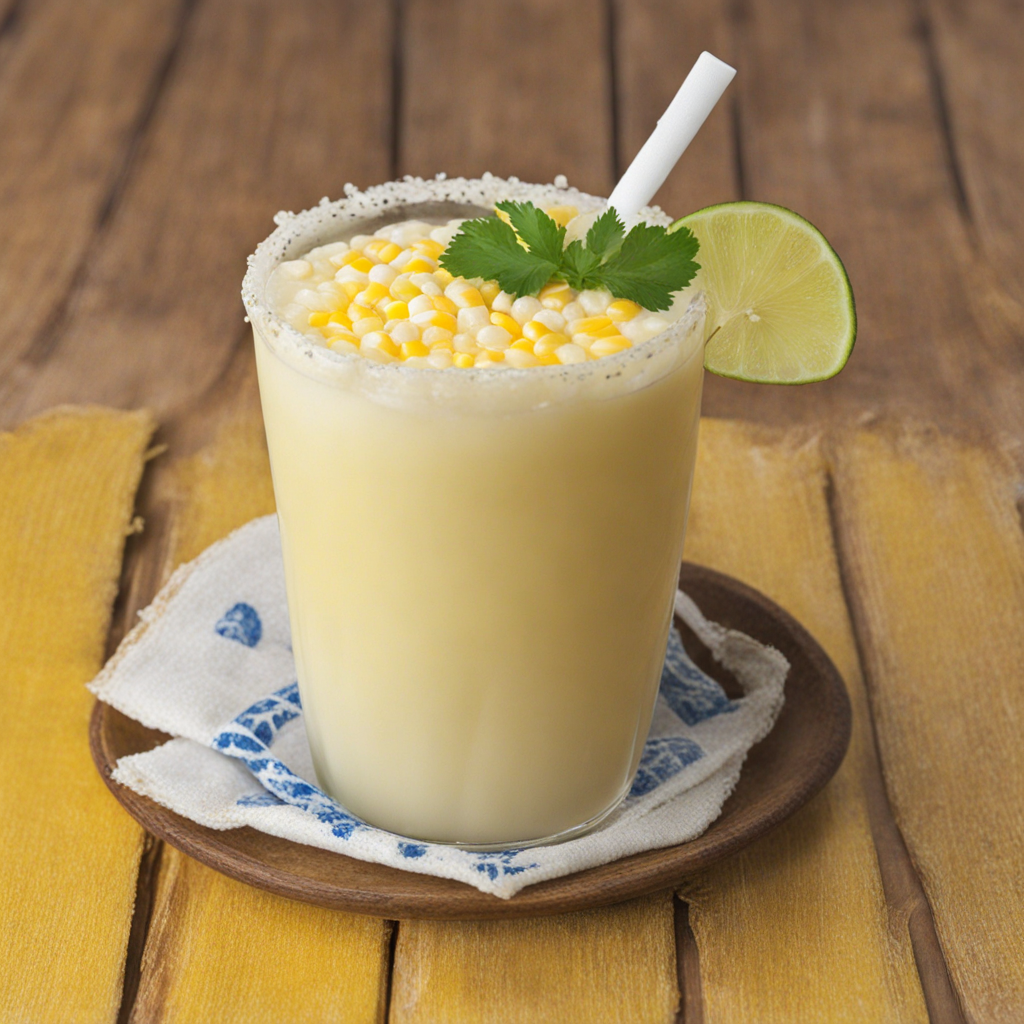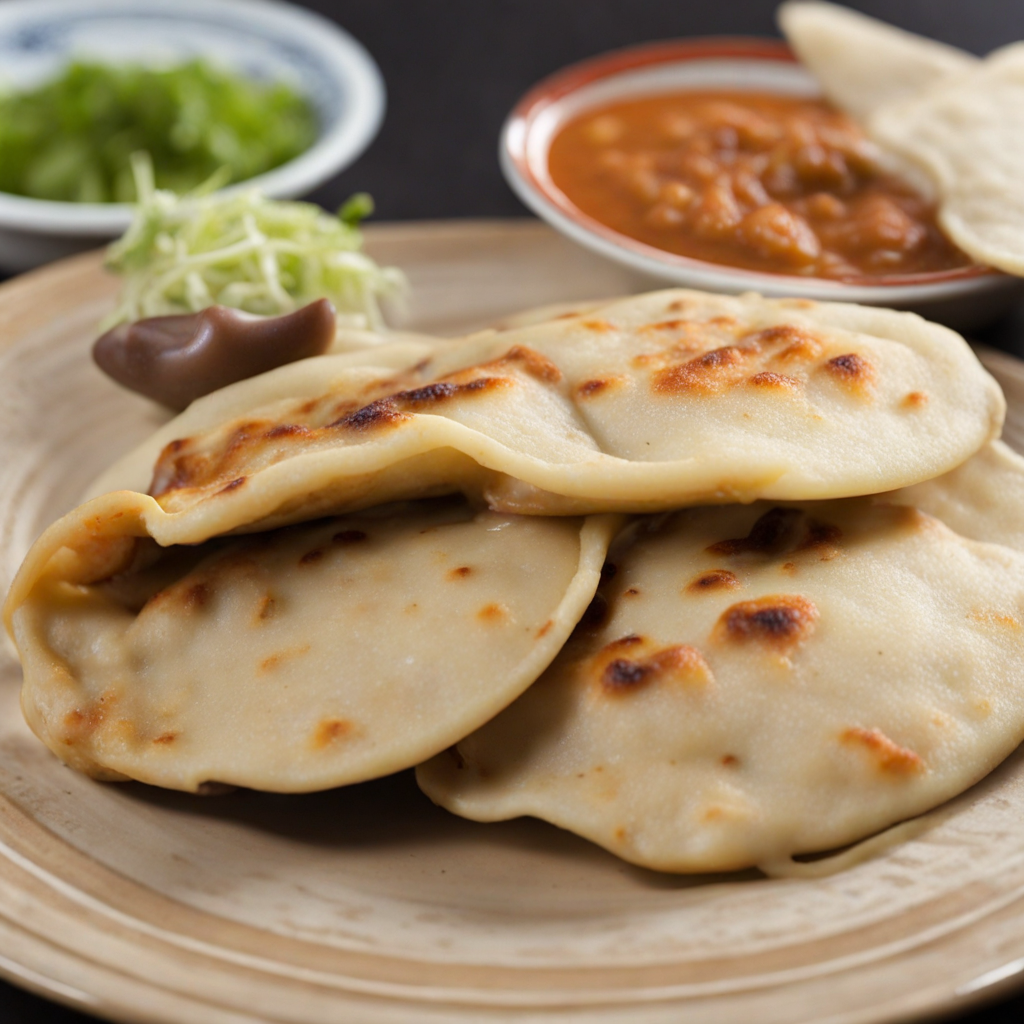Sopa de Pata
Sopa de Pata is a traditional Salvadoran dish that offers a unique and hearty culinary experience. This rich soup is primarily made with beef tripe, which is known for its chewy texture and ability to absorb flavors. The tripe is slow-cooked to achieve tenderness, and the broth is infused with a medley of spices and vegetables, including garlic, onions, and bell peppers. The result is a savory base that warms the soul, making it a popular choice for gatherings and special occasions. Accompanying the tripe in Sopa de Pata are various ingredients that enhance its flavor profile, such as corn, yuca, and plantains, adding a delightful sweetness and texture contrast. Some versions of the soup also include green beans and carrots, providing a colorful presentation and a balance of nutrients. A sprinkle of fresh cilantro and a squeeze of lime juice on top adds brightness to the dish, making each spoonful refreshing and vibrant. This dish is not only a feast for the senses but also a cultural emblem of El Salvador, often enjoyed during festive events. Its complex flavors tell the story of the country's culinary heritage, where indigenous ingredients meet Spanish influences. For those looking to explore new tastes, Sopa de Pata is a fantastic introduction to the robust and comforting flavors of Salvadoran cuisine, inviting diners to savor each rich bite.
How It Became This Dish
The Rich History of Sopa de Pata: A Culinary Treasure from El Salvador Introduction Sopa de Pata, a heartwarming and hearty soup, is a beloved dish in El Salvador, deeply rooted in the country's culinary traditions. Its name translates to "cow's foot soup," which reflects its primary ingredient and provides a glimpse into the rich tapestry of flavors and cultural significance that this dish embodies. This narrative will explore the origins of Sopa de Pata, its cultural relevance, and how it has evolved over time. Origins: A Culinary Fusion The roots of Sopa de Pata can be traced back to the indigenous peoples of Mesoamerica, who utilized various animal parts and local ingredients to create nourishing meals. The use of beef, particularly the cow's foot, is a practice that has been integrated into Central American cuisine for centuries. The indigenous peoples, and later the Spanish colonizers, contributed to the evolution of this dish by combining local ingredients with European culinary techniques. In El Salvador, the dish gained prominence during the colonial period when cow farming became prevalent. The Spanish introduced cattle to the region, leading to a rich beef culture that would influence many Salvadoran recipes, including Sopa de Pata. This dish, while initially a peasant food made from easily available cuts of meat, eventually evolved into a staple in both homes and restaurants across the country. Cultural Significance Sopa de Pata is more than just a meal; it is a symbol of Salvadoran heritage and community. Traditionally served during special occasions, family gatherings, and festivities, it brings people together, fostering a sense of unity and belonging. The preparation of Sopa de Pata is often a communal activity, with family members gathering to help with the various steps involved, from cleaning the cow's feet to chopping vegetables. This shared experience not only strengthens familial bonds but also preserves culinary traditions that have been passed down through generations. In Salvadoran culture, food is a way of expressing love and care, and Sopa de Pata is no exception. The dish is often prepared for loved ones who are ill or in need of comfort, showcasing its role as a nurturing food. Additionally, it reflects the resourcefulness of Salvadoran cooks, who make use of all parts of the animal, minimizing waste and maximizing flavor. Ingredients and Preparation The ingredients for Sopa de Pata are as diverse as the culture that surrounds it. The primary components include cow's feet, which provide a rich gelatinous broth, along with other cuts of beef. Vegetables such as corn, potatoes, carrots, and green beans are added to create a vibrant and nutritious soup. Seasonings such as cilantro, lime, and a mix of spices give the dish its distinctive flavor profile. The preparation of Sopa de Pata is an art form in itself. The cow's feet are typically boiled for several hours to extract the gelatin and flavor, creating a base that is both rich and hearty. Once the feet are tender, the vegetables and seasonings are added, allowing the flavors to meld together. Some variations may include the addition of hominy, which enhances the soup's texture and further reflects the indigenous influence on Salvadoran cuisine. Evolution Over Time As El Salvador has undergone social and economic changes, so too has Sopa de Pata. In the past, it was primarily a dish for the lower classes, utilizing inexpensive cuts of meat. However, as the country has developed, Sopa de Pata has found its way into more upscale restaurants, showcasing its versatility and appeal. It is now enjoyed by people from all walks of life, transcending class boundaries and becoming a beloved national dish. The globalization of food culture has also played a role in the evolution of Sopa de Pata. With increased access to international ingredients and culinary techniques, chefs in El Salvador have experimented with the traditional recipe, infusing it with contemporary twists. Some have introduced new spices or garnishes, while others have even incorporated elements from other cuisines, creating fusion versions of the classic soup. Despite these modern adaptations, the essence of Sopa de Pata remains intact. It continues to be a dish that reflects the heart and soul of Salvadoran culture, serving as a reminder of the country's rich history and the importance of family and community. Sopa de Pata in Daily Life and Celebrations In Salvadoran households, Sopa de Pata is often enjoyed as a comforting meal after a long day or as a centerpiece during festive occasions. It is particularly popular during the Christmas season, where families gather to celebrate and share meals. In addition to family gatherings, Sopa de Pata is commonly served at local markets and food stalls, where street vendors offer their unique takes on this traditional dish. The soup's presence extends beyond just the home; it has become a staple in Salvadoran restaurants, both locally and abroad. Many Salvadoran expatriates cherish Sopa de Pata as a taste of home, seeking it out in communities with significant Salvadoran populations. This international presence further solidifies its status as a culinary ambassador, showcasing the richness of Salvadoran culture to the world. Conclusion Sopa de Pata is more than just a soup; it is a culinary emblem of El Salvador's history, culture, and resilience. From its humble beginnings as a peasant dish to its evolution into a symbol of national pride, Sopa de Pata has woven itself into the fabric of Salvadoran life. It serves as a reminder of the importance of community, family, and tradition in a rapidly changing world. As we savor a bowl of this rich and hearty soup, we are not just enjoying a meal; we are partaking in a shared history, a culinary legacy that continues to thrive and evolve. Sopa de Pata is a testament to the power of food to connect us to our roots, our loved ones, and our culture, making it a cherished dish that will endure for generations to come.
You may like
Discover local flavors from El Salvador


